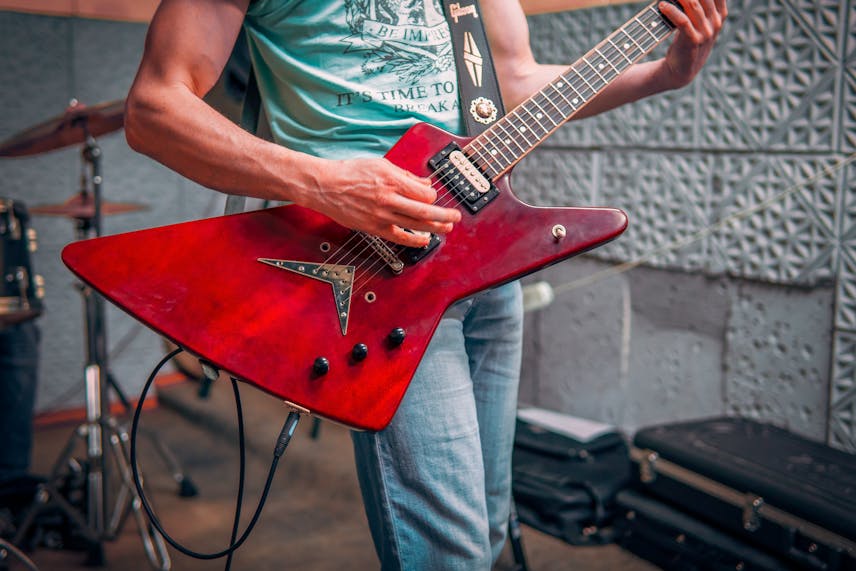When we delve into the soothing realm of Lofi music, the subtle yet impactful role of drums often goes unnoticed. The percussive elements in this genre provide more than just rhythm; they contribute to the overall atmosphere that defines Lofi’s unique sound. Let’s explore how drums for Lofi aren’t just an accompaniment but a central feature that shapes the listening experience.
Understanding Lofi Drums
In Lofi music, drums are not just instruments; they are storytellers. They carry the narrative of a track with their understated beats and the characteristic ‘lo-fi’ sound—crackling, warm, and sometimes intentionally imperfect. This distinct sound is achieved through a variety of techniques that producers use to give their tracks an old-school, nostalgic vibe.
The Texture of Lofi Drum Sounds
One of the hallmarks of Lofi drums is texture. Producers often seek out natural, analog sounds that can be manipulated to sound like they were sampled from old vinyl records or tape machines. The texture is further enriched by adding effects such as reverb, to create a sense of space, and bit-crushing, to achieve that ‘crunchy’ quality reminiscent of vintage hardware.
The Rhythmic Patterns in Lofi
While the tempo of Lofi music generally leans towards the relaxed end of the spectrum, the rhythmic patterns can vary greatly. Some tracks might feature a simple and steady kick-snare pattern, while others incorporate complex hi-hat or ride cymbal rhythms that add to the groove. The key is to maintain a laid-back feel that complements the mellow melodies and harmonies typical of Lofi music.
Creating Your Own Lofi Drums
Aspiring Lofi producers often start with finding the right drum samples. These can be sourced from online libraries or created by recording real drums and processing them to achieve the desired lo-fi aesthetic. Once the samples are ready, they can be sequenced using a digital audio workstation (DAW) to build the drum track.
Layering is another important technique in Lofi drum production. By layering different drum sounds together, producers can create a richer, more complex timbre. For example, a tight, punchy kick drum might be layered with a softer, more resonant kick to add depth to the beat.
Drum Programming Tips for Lofi Music
Programming drums for Lofi music requires a delicate touch. The goal is to make the drums sound as if they’re being played by a human, complete with all the subtle timing variations and dynamics. This can be achieved by manually adjusting the velocity of each drum hit and slightly shifting the timing to avoid a mechanical, ‘quantized’ feel.
Incorporating Live Drums in Lofi
While most Lofi music is created using samples and drum machines, there is a growing trend of incorporating live drum recordings. This approach adds an organic feel to the music and allows for more spontaneous, improvisational elements that can’t be replicated with programmed beats.
Recording live drums for Lofi, however, presents its own set of challenges. Achieving the right sound often involves using vintage microphones and preamps, as well as experimenting with different room acoustics and microphone placements to capture the desired ambiance.
Conclusion: The Subtle Artistry of Lofi Drums
The artistry behind drums for Lofi music is rooted in the balance between simplicity and complexity. It’s about creating beats that are engaging but not overpowering, that serve as the foundation of the track while still leaving room for the other elements to shine. Whether through sampling, programming, or live recording, the drums in Lofi are much more than just a rhythm section—they are an essential ingredient in the recipe for this genre’s comforting and nostalgic sound.

